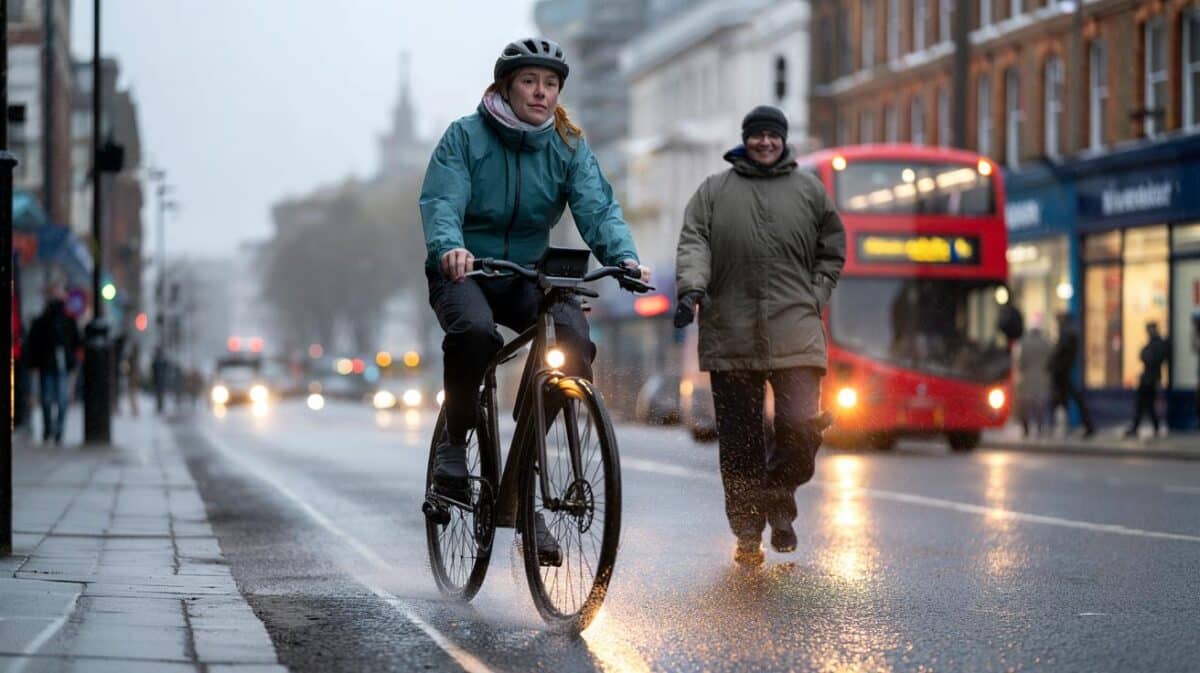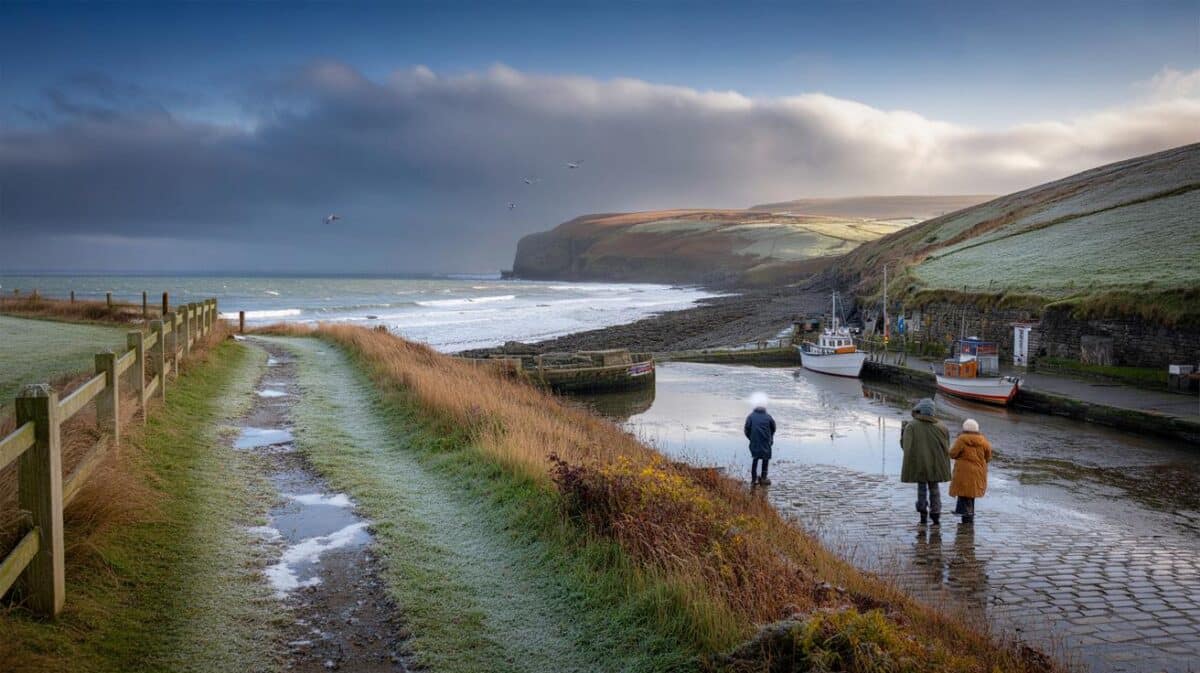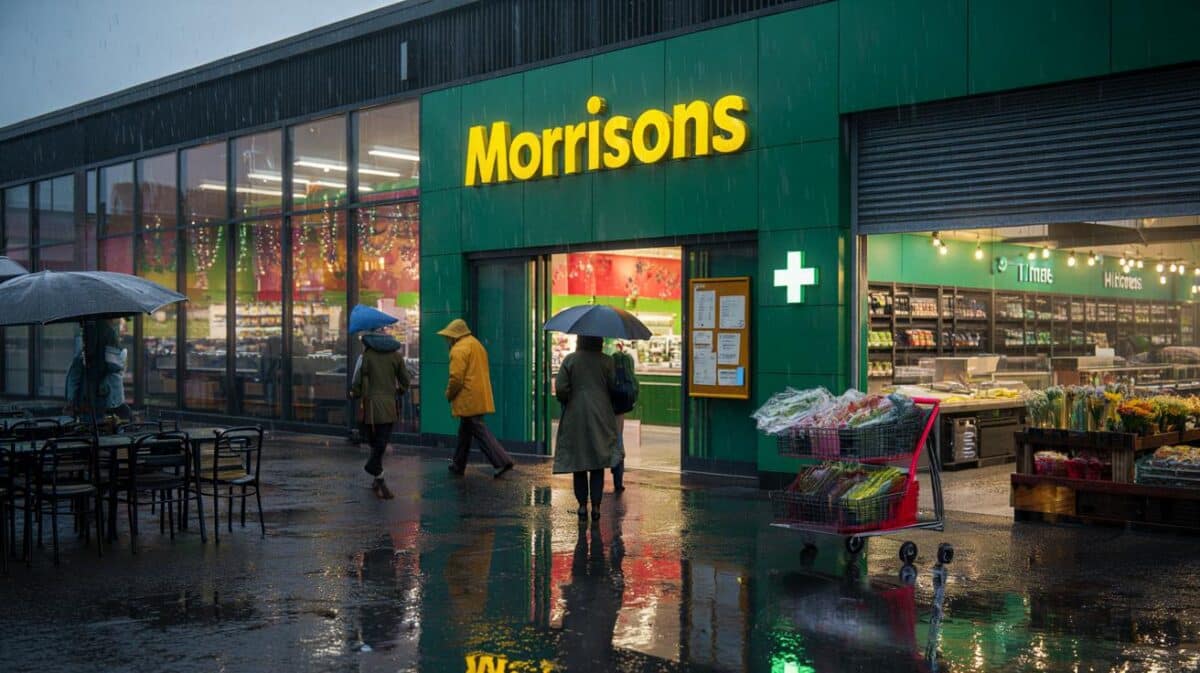New maps flag where the first flakes could settle.
Britain looks set to feel a proper bite of early winter as a surge of Arctic air gathers strength over the North Atlantic. New snow maps point to a late November switch, with flurries and deeper falls lining up for parts of Scotland and northern England as the season edges toward its first real cold snap.
The signals come from WXCharts, which uses MetDesk data, and they paint a vivid picture from 23 November. Northern areas take the early hit, then the chill trickles south. The detail may shift, yet the broad message is hard to ignore.
UK snow maps from WXCharts show where flakes could stack up
Model snapshots shared by WXCharts show a band of cold air dropping out of the north later this month, with Scotland set to bear the brunt first. Forecast snow depth maps suggest the Highlands and parts of Aberdeenshire could see totals between 18 and 20cm, with the heaviest shading running from Inverness to Perth. The central belt, including Edinburgh and Glasgow, also features for occasional flurries.
Further south, northern England does not escape. The Pennines and Cumbria sit in the firing line, with a dusting also possible for areas around Manchester, Newcastle and Derbyshire. North Wales is flagged too, which fits the typical early season pattern when maritime air turns colder over higher ground.
Temperature charts for 23 November tell the rest of the story. Maximums over the Highlands hover near -1C to -2C. Across northern England, values linger closer to 0C to 3C, while the South East stays milder at roughly 4C to 7C. Cold for many, sharper for some, and a week that will make commutes feel wintry again.
What the Met Office long-range forecast really says for late November
The official steer remains cautious, which is worth keeping in mind as maps update day by day. In its outlook for 24 November to 8 December, the Met Office said: « Whilst the expected weather patterns during late November are very uncertain, there is a greater chance of spells of high pressure during this period, bringing more in the way of dry weather compared to the current weather pattern, which also increases the chances of overnight fog and frost.
« There will probably still be some spells of rain, showers, and stronger winds though, especially in the west. Hill snow is also a possibility, mainly in the north. Overall, near or slightly above average temperatures are most likely, though some colder spells are also possible, especially should any prolonged settled spells develop. »
That blend fits the late autumn playbook. High pressure can trap cold air at night, encourage frost, and leave upland routes more vulnerable if showers turn wintry. And yet, low ground for much of England and Wales may stay marginal unless the colder air digs in more firmly.
The 25 counties on the radar for snow this month
Based on the WXCharts view for late November, these are the areas most likely to see anything from a dusting to more persistent snowfall. Some lie across higher ground where showers often turn to snow first, others may only recieve brief flakes if colder air meets bands of moisture at the right time.
- Aberdeenshire
- Aberdeenshire (coastal and inland portions)
- Angus
- Argyll and Bute
- Dumfries and Galloway
- Fife
- Highland (Inverness area)
- Moray
- Perth and Kinross
- Stirling
- Cheshire
- County Durham
- Cumbria
- Derbyshire (Peak District area)
- Greater Manchester
- Lancashire
- North Yorkshire
- Northumberland
- Shropshire
- West Yorkshire
- Gwynedd
- Powys
- County Antrim
- County Londonderry
- County Down
Scotland leads the list for depth, which is no surprise at this time of year. Northern England and parts of North Wales follow for elevation-led snow, with a softer risk at lower levels around urban belts. For the South East, the signal stays cooler but not deeply cold, though frosty mornings could soon be back on the school run.
As ever with early season cold spells, small shifts can alter who gets rain, sleet or snow. Keep an eye on local forecasts if you live near higher routes or exposed coasts, because timing, wind direction and intensity can flip the script. The next few weeks will show how quickly this wintry set-up firms up over the UK.









